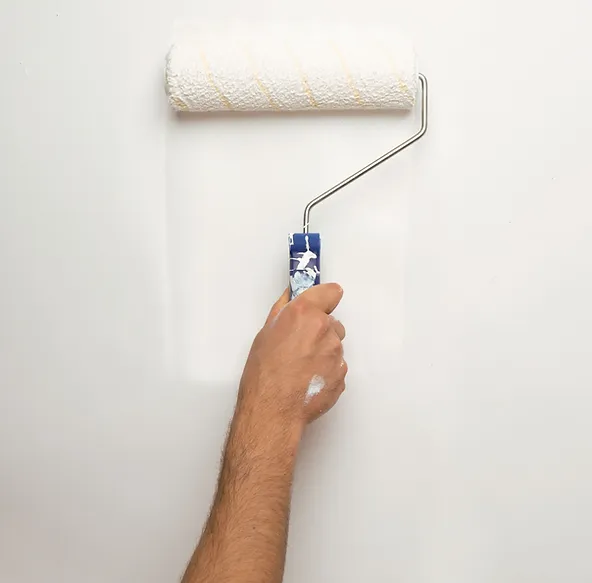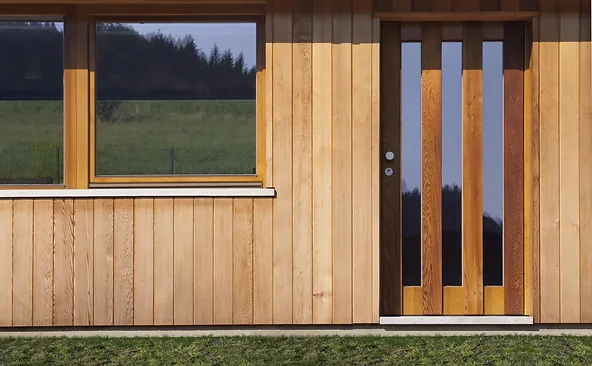
Painting can transform the look and feel of a space, giving it a fresh and vibrant appearance. Whether you’re painting a room, furniture, or any other surface, using a primer painter is an essential step in achieving a professional finish. Let’s learn about primer painters, exploring their purpose, benefits, and when you should use them. So, let’s grab our brushes and dive in!
Why Use a Primer Painter?
Before we discuss when to use a primer painter, let’s understand why it’s an important tool in the painting process. A primer painter serves as a preparatory layer, creating an optimal surface for paint adhesion and enhancing its durability. It acts as a foundation, ensuring a smoother and more even finish. Additionally, primer painters can seal porous surfaces, prevent stains from bleeding through, and provide a consistent color base.

When to Use a Primer Painter?
Using a primer painter is crucial in various painting scenarios. Let’s explore the different situations where you should consider incorporating a primer into your painting project:
1. New or Unpainted Surfaces
When working with new or unpainted surfaces, using a primer painter is highly recommended. Whether it’s drywall, wood, or masonry, applying a primer helps seal the surface, preventing moisture penetration and ensuring better paint adhesion. The primer acts as a protective barrier, enhancing the longevity and durability of the paint job. However, it’s important to note that proper prep work, such as cleaning, sanding, and repairing any imperfections, is equally essential before applying the primer. Adequate preparation ensures a smooth and even surface, allowing the primer and paint to adhere properly and result in a professional-looking finish.
2. Repainting Over Dark or Bold Colors
Are you planning to change the color of your walls from a dark or bold shade to a lighter one? Using a primer painter becomes crucial in such situations. Dark or vibrant colors can show through the new paint, affecting its true hue. By applying a primer, you create a neutral base that helps the new color shine without any interference from the previous shade.
3. Stained or Damaged Surfaces
If you’re dealing with stained or damaged surfaces, a primer painter can work wonders. Water stains, smoke residue, or stubborn marks can be challenging to cover with paint alone. A high-quality primer painter effectively blocks these stains and prevents them from seeping through the fresh coat of paint. It ensures a flawless finish and eliminates the need for multiple coats.
4. Surfaces Prone to Moisture or Humidity
Certain areas of your home, such as bathrooms and kitchens, are more prone to moisture and humidity. To protect these surfaces from moisture damage and mold growth, using a primer painter is crucial. A moisture-resistant primer helps create a barrier, preventing water from penetrating the surface and compromising the paint job. Additionally, proper caulking around areas like sinks, countertops, and tubs is essential to seal any gaps or joints, further enhancing the moisture resistance and ensuring a tight, waterproof seal. It’s an investment in the long-term durability and maintenance of your painted surfaces.
5. Bare Wood or MDF
When painting bare wood or medium-density fiberboard (MDF), a primer painter is indispensable. Unfinished wood tends to absorb paint unevenly, resulting in an inconsistent and blotchy finish. Applying a primer helps seal the wood, allowing the paint to adhere uniformly. It also helps in achieving a smoother surface, especially for MDF, which can have a porous texture. In the case of exterior painting, using a primer becomes even more crucial. Exterior surfaces are exposed to harsh weather conditions and UV radiation, which can cause paint to deteriorate quickly. A high-quality primer creates a protective layer, increasing the paint’s resistance to fading, cracking, and peeling, thereby extending the lifespan of your exterior paint job.
6. Applying Specialty Paints
Certain specialty paints, such as those with high-gloss or metallic finishes, require a primer for optimal results. These paints often have different properties and consistencies, and a primer painter acts as a bridge between the surface and the specialty paint. It provides better adhesion, ensures an even distribution of the paint, and enhances the overall appearance.
Frequently Asked Questions (FAQs)
Now, let’s address some common questions about using a primer painter:
Should I use a primer if I’m using a self-priming paint?
Self-priming paints claim to eliminate the need for a separate primer. While they can work well in certain situations, it’s still advisable to use a primer painter for better results. Self-priming paints may not provide the same level of adhesion and stain-blocking properties as a dedicated primer. If you want a flawless and durable finish, combining a primer painter with your self-priming paint is recommended.
Can I skip using a primer painter for small touch-up projects?
For small touch-up projects where the existing paint is in good condition, you may be tempted to skip the primer step. While it’s possible to do so, keep in mind that using a primer painter ensures consistent color and better adhesion, even for small areas. It’s an extra step that can significantly enhance the final result, giving your touch-up a seamless blend with the surrounding paint.
How long should I wait after applying primer before painting?
The drying time for primer varies depending on the product and environmental conditions. It’s crucial to follow the manufacturer’s instructions regarding drying times. Typically, primer dries within 1-3 hours, but it’s recommended to wait at least 24 hours before applying paint. This waiting period allows the primer to fully cure and ensures optimal paint adhesion.
Can I use a tinted primer instead of a white one?
Yes, tinted primers are available and can be used based on your specific requirements. Tinted primers can help in achieving better coverage when transitioning from dark to light colors or when using vibrant shades. They provide a colored base that complements the final paint color, reducing the number of paint coats required. Consult with a professional or your paint supplier to determine the right tinted primer for your project.
Can I use a primer painter as a standalone paint?
No, a primer painter is not designed to be used as a standalone paint. Its purpose is to prepare the surface for paint application, enhancing adhesion and durability. Primer painters have different properties and consistencies compared to regular paints. While some primers may have a slight tint to them, they are not meant to be the final color or finish.
Can I use a spray primer instead of a brush-on primer?
Yes, spray primers are a convenient option, especially for large or intricate surfaces. They offer quick and even coverage, allowing you to reach tight corners and crevices more easily. However, it’s essential to follow the instructions and take proper precautions while using spray primers, such as wearing protective gear and ensuring proper ventilation.
Should I hire a professional painting company to handle my project?
Absolutely! Hiring a professional painting company like Liberty Painting can provide numerous benefits for your project. Professional painters have the expertise, experience, and necessary equipment to ensure a high-quality paint job. They can assess your specific needs, offer color and product recommendations, and execute the painting process efficiently and effectively. By entrusting your project to professionals, you can save time, avoid potential mistakes, and achieve outstanding results. Contact Liberty Painting to discuss your project and receive a detailed quote.

Conclusion
Using a primer painter is a valuable step in achieving a professional and long-lasting paint job. Whether you’re dealing with new surfaces, repainting over dark colors, or addressing stains and damages, a primer can significantly enhance the final result. It creates a smooth and consistent base, improves paint adhesion, and offers better color coverage. Remember to choose the right primer for your specific needs and follow the manufacturer’s instructions for optimal results. So, next time you pick up your paintbrush, don’t forget the power of a primer painter!







Leave A Comment